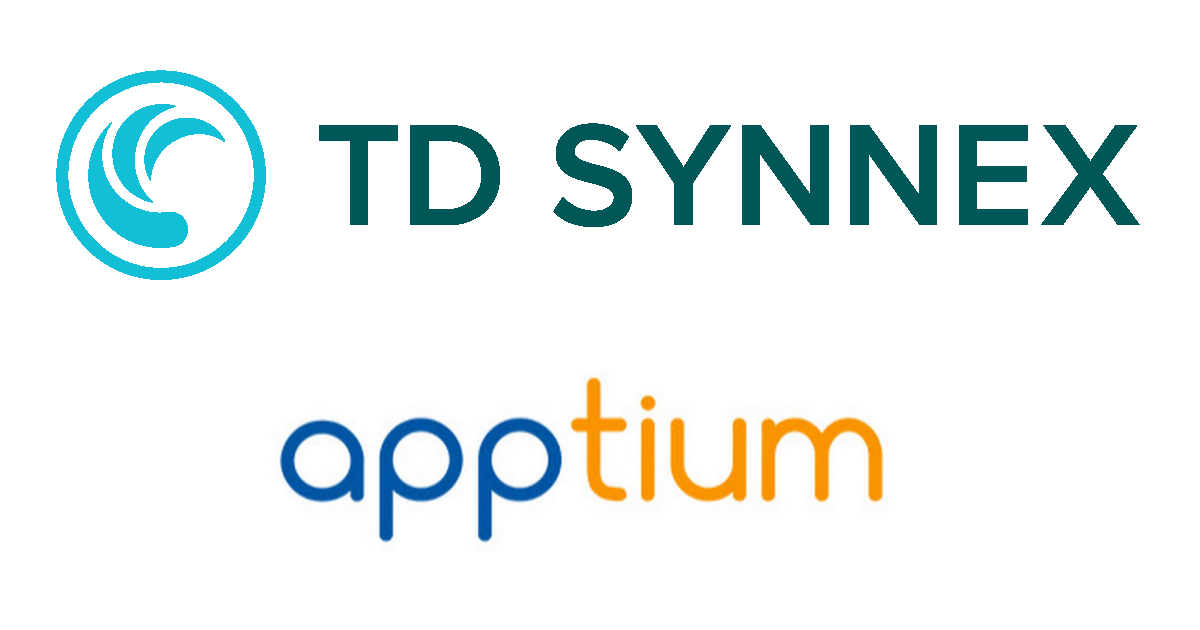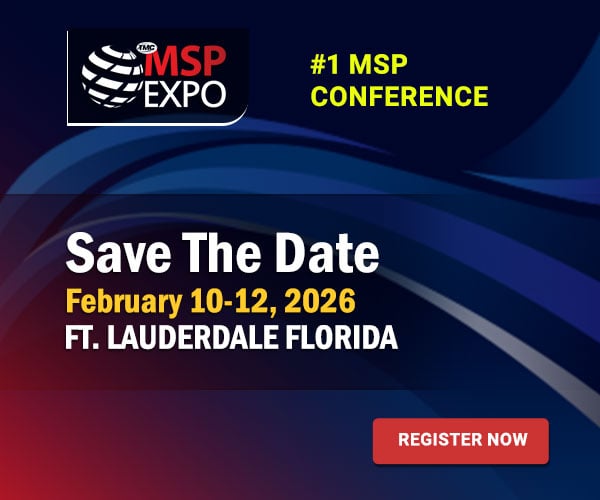Every week is busy in the world of managed service providers (MSP) and this one was no exception. Major themes included hyperconvergence, next generation service desk, next generation cloud applications, and the continuing maturity of Microsoft SharePoint.
Scale Computing brought us the concept of hyperconvergence, and announced a new Platinum Partner Program to promote it.
So what is hyperconvergence? It’s a technology that “seamlessly integrates servers, storage and virtualization into a single platform that delivers simplicity, availability and scalability all in one,” or at least that’s how Scale Computing describes its HC3 product.
The Platinum Partner Program is designed for the midmarket.
“Scale Computing partners gain the ability to offer the industry’s leading midsized enterprise hyperconverged solution for rolling out virtualization and private cloud environments, and other value-added services. The program provides resellers with a complete end-to-end support program of sales, marketing and technical enablement. Scale Computing partners also receive competitive margins while bringing Scale Computing’s innovative, cutting-edge solutions to their midmarket customers to help them simplify their infrastructure,” executives said.
Much of this type of convergence has been achieved through server virtualization and other techniques such as network and storage virtualization.
CA Advances State of Service Desk Art
CA earned its chops in the service desk market by virtue of Nimsoft, and this week announced a new version of CA Nimsoft Service Desk (NSD), a SaaS-based tool.
One key aspect is cloud automation and self-service. “With CA NSD, IT organizations can quickly and easily implement Web services that automatically trigger activation, de-activation and/or modification of resources such as compute capacity or applications running in the enterprise data center or in the public cloud based on appropriate policies and approvals,” CA said. “This reduces operational cost and accelerates fulfillment of requests from the business by eliminating the need for manual action by IT staff.”
The New NaaS
This week MSP Today learned a new term thanks to Numecent – Native as a Service (NaaS). This is a Numecent technology that runs on top of its cloudpaging technology. Before we define NaaS, just what is cloudpaging? Cloudpaging is a new form of virtualization, really a form of application virtualization. It takes existing packages apps and other like forms of application virtualization, and turns them into a service. In this case, the application can be streamed from the cloud.
Investors already know the meaning and importance of cloudpaging and recently put an additional $13.6 million into the already well-financed Numecent. The native in NaaS refers to the fact that the technology easily supports native apps.
“In essence, NaaS is to cloud-delivered native applications what SaaS is to Web-applications. Applications delivered through NaaS provide the immediacy, agility and the liberating user experience of a web-app but with the superior performance, rich functionality and ecosystem continuity benefits which only native applications can deliver. NaaS can also drastically reduce the revenue loss attributed to piracy as there is never an unencrypted or persistent executable to 'crack' on the client device,” the company said.
SharePoint Continues to Grow
In the collaboration space, MSP Today sees two very different choices, quick and dirty Web tools like DropBox or Google Docs and the rich, but complex and expensive, SharePoint.
Making the Microsoft tool a bit easier to handle are a range of SharePoint Managed Services, the most recent of which were launched by TriCore Solutions in the form of its new SharePoint Managed Application Services.
The fact that TriCore has two decades in the SharePoint market shows just how long the platform has been around. And when it first arrived, it was more of a document management system, and Microsoft was arguing that Exchange, with its public folders and discussion threads, was the main collaboration tool. Oh, and back then collaboration tools were called Groupware.
Later, Microsoft bought Groove Networks, and there was more confusion about Microsoft’s collaboration strategy, but in more recent years the entire push has been behind SharePoint and now it has the market share as result.






